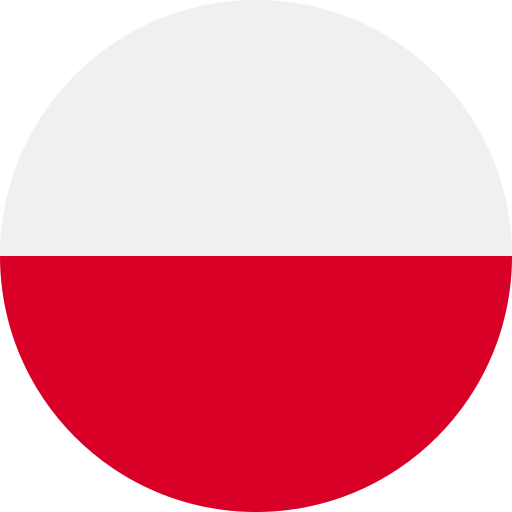Setting prices in an online store is one of the biggest challenges faced by e-commerce owners and managers. Prices that are too high may deter customers, while prices that are too low can significantly reduce margins and profitability. How do you find the golden mean? The key is understanding the price elasticity of your products.
What is price elasticity?
Price elasticity is an indicator showing how price changes affect sales volume. It’s one of the most important parameters when making pricing decisions, forming the foundation of a conscious pricing policy.
What exactly does price elasticity tell us?
Price elasticity is the ratio of the percentage change in demand to the percentage change in price. Mathematically, it can be written as:
Price elasticity = (% change in demand) ÷ (% change in price)
The interpretation of the result is as follows:
- Value greater than 1: Demand is elastic (price change strongly affects sales)
- Value equal to 1: Unit elasticity
- Value less than 1: Demand is inelastic (price change has little effect on sales)
Practical example
I analyzed sales data for the product “Organic Moisturizing Cream 50ml.” After reducing the price from 22.25€ to 19.75€ (a change of 11.2%), sales increased from 45 to 63 units per week (an increase of 40%).
Calculating the elasticity index: 40% ÷ 11.2% = 3.57.
What does this mean in practice? The product is highly price elastic — a price reduction significantly increases sales. Expanding the analysis to a wider range of historical data, I noticed:
- When the price increased by 2.5€ (from 22.25€ to 24.75€), sales fell by 32% over a month
- When the price decreased by 2.5€ (from 22.25€ to 19.75€), sales increased by 40% over a month
- When the price decreased by 5€ (from 22.25€ to 17.25€), sales increased by 65% in the same period
Important! Price elasticity should be analyzed over a period of at least 4-6 weeks, never based on a single week or day. Short periods may be distorted by external factors (e.g., competitor actions, seasonal changes, media events), giving a false picture of the actual elasticity.
Based on this historical data, we can plan specific actions:
- Price segmentation — introducing product variants (e.g., 60 ml for 24.75€ and 40 ml for 19.75€), using knowledge about the price threshold
- Promotional strategies — organizing short-term promotions with a price of 19.75€, which according to historical data will increase sales by about 40% without the need for deeper discounts
- Margin policy — avoiding raising the price to 24.75€, as historical data indicates a significant drop in sales at this price level
How to use elasticity data in practice?
Analyzing the elasticity index for the top 20 products in the store, I identified three groups:
- Highly elastic products (index > 2.5) — for these products, the smallest price change causes large sales fluctuations. Here, it’s worth considering a dynamic pricing policy with frequent but small promotions.
- Medium elastic products (index 1-2.5) — these products react to price changes, but in a more predictable way. For them, a strategy of regular, seasonal promotions works well.
- Inelastic products (index < 1) -- customers buy them regardless of small price changes. These are ideal candidates for testing higher margins or bundling with products of higher elasticity.
Monitoring elasticity over time
What’s extremely important is that price elasticity is not constant — it changes depending on the season, market trends, or competitor actions. Regular monitoring of this indicator allows you to notice changes in customer purchasing behaviors.
In my case, historical analysis showed that price elasticity for the “Sports Accessories” category increases by about 35% in the pre-vacation period (April-June). This is a valuable clue when planning seasonal promotions.
Summary
Price elasticity is a powerful tool in every e-commerce manager’s arsenal. It enables:
- Determining optimal price thresholds for products
- Identifying products whose prices can be safely increased
- Planning effective promotional campaigns
- Maximizing overall portfolio profitability
Instead of relying on intuition or copying competitor strategies, use price elasticity data to precisely shape a pricing policy that maximizes both sales and margins.





